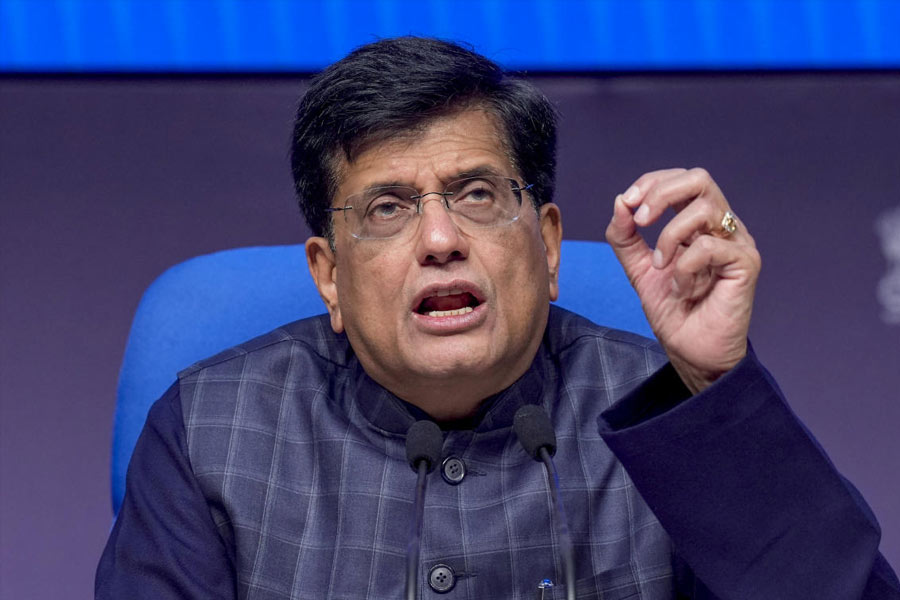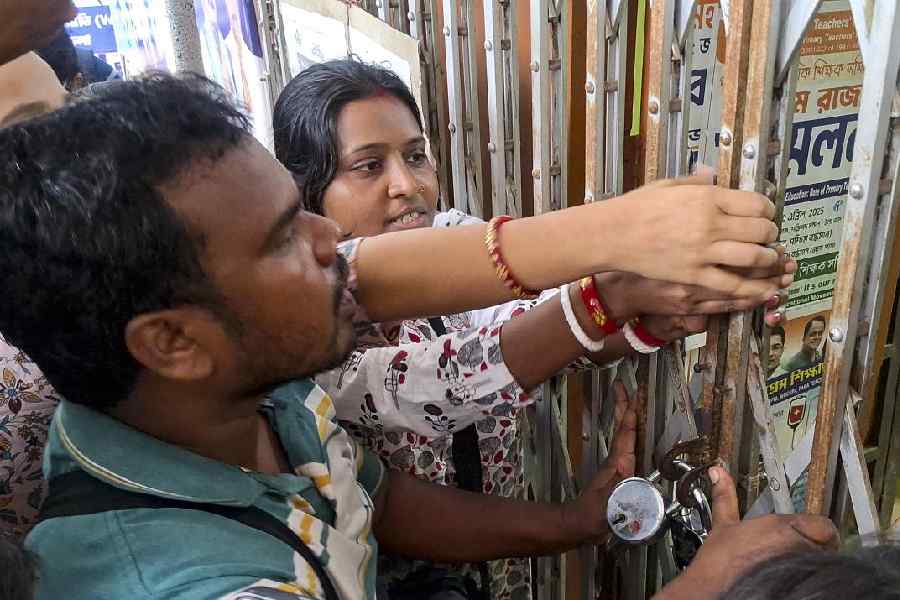The first signs of political instability in recent times were seen after the general elections in 1967 when coalition governments were formed in several states. However, although the Indian political system is formally a federal structure, most of the effective power is concentrated at the Centre. So there is a very real sense in which the consequences of political instability in New Delhi create much bigger ripples.
Viewed from this perspective, it is not surprising that there is now a greater public concern about the consequences of political instability than ever before. Perhaps, the most dismal characteristic of the contemporary Indian political environment is that there seems very little scope for improvement. As Atal Behari Vajpayee and several others have remarked, coalition governments are here to stay. Are we therefore doomed to prolonged periods of political instability with frequent changes in government?
A popular misconception about coalition governments is that they are inherently unstable. This belief is probably based on the overwhelming evidence suggesting that the average duration in office of single party majority governments is considerably longer than that of coalition governments. However, there is considerable variation in the duration of coalition governments around the world, and several coalition governments have shown remarkable stability.
This is particularly true in the case of western Europe, where there has been a wide variation in the pattern of coalition governments as well as clear country specific patterns ? some countries seem to have systematically more stable governments than other countries. For instance, Germany, Austria and Luxembourg have been ruled more or less continually by stable coalition administrations in the post-war period. More interestingly, Kerala has had a long history of coalition governments, some of them serving full terms in office. Since the Communist Party of India(Marxist) has had an absolute majority of seats in the Vidhan Sabha, the Left Front governments in West Bengal cannot be classified as coalition governments.
Despite the experience of Kerala, coalitions die relatively young in India. Certainly, coalition governments in western Europe have exhibited greater stability than coalition governments in India. The most unstable governments in western Europe have been in Italy, where the average duration of governments was only 15 months during the period 1971-1987. Finland has also been characterized by a relatively unstable administration, with the government changing every 20 months. In contrast, a large number of coalitions in the Indian states have collapsed within a year, many of these governments lasting for less than three months.
The inability of many governments in western Europe to serve out their full potential legal term in office has given rise to a growing body of research in political science. This literature contains several competing hypotheses about cabinet durability. One school actually eschews attempts to identify factors that explain government durability, believing instead that ?duration is solely a function of the appearance of unpredictable events which trigger governmental collapse?. However, since the empirical evidence suggests that some governments are systematically more successful in warding off shocks than others, the ?random events? hypothesis has relatively few followers.
There is also the ?deterministic? school, which conjectures that cabinet duration can be explained by a set of structural factors such as the composition of the legislature or the cabinet, the ideological positions of the parties in the cabinet, as well as the institutional features distinguishing coalitional processes in different countries.
Are some legislatures more likely to produce stable governments than others? Several authors have suggested that the more fragmented the legislature, the less likely it is to produce a stable government. A fragmented legislature is one in which the distribution of seats is dispersed amongst several parties. There are two hypotheses to explain why the degree of fragmentation will be negatively correlated with cabinet stability. The first hypothesis depends on the reasonable claim that fragmented legislatures are unlikely to produce single party majority governments.
The ruling coalition in fragmented legislatures will typically consist of a relatively large number of parties since the distribution of seats is dispersed in such legislatures. As the number of parties in the government increases, it may become more difficult for the parties to agree on policies. Repeated failure to agree on issues may ultimately result in the government?s collapse.
The second hypothesis is built on the premise that the more fragmented the legislature, the greater the number of potentially viable cabinets. The increase in the number of feasible options makes the overall bargaining environment more complex. Michael Laver and Norman Schofield argue that coalitions tend to break up more easily in a complex bargaining environment since even a minor shock or perturbation may change the location of each party?s most preferred coalition. This line of argument implies that the number of parties in the entire legislature rather than in the cabinet is a more appropriate variable explaining cabinet durability.
However, Laver and Schofield put greater emphasis on the number of dominant parties in the system as the principal determinant of bargaining complexity instead of relying on the number of parties in the legislature. They divide western European party systems into unipolar, bipolar and multipolar types. A unipolar system is one in which a single party dominates the system. The bargaining process happens to be particularly simple if the dominant party happens to be located in the centre of the policy space since all viable coalitions must then inevitably include the dominant party.
Indeed, Laver and Schofield argue that the remarkable stability of coalition governments in Luxembourg can be attributed to the fact that the Christian Socialists have occupied this strategic dominant position in the country. In contrast, government turnover is high in Italy because the country has a multipolar system in which several parties jockey for power.
The preceding discussion also suggests why political instability in India is a matter of increasing concern. The Congress no longer enjoys a dominant position in the Indian political milieu. To a large extent, its seats have been transferred to small parties, most of whom are essentially regional parties. This process has also resulted in intensifying the fragmentation of the Lok Sabha. In fact, the Lok Sabha comes out at the bottom of the heap in comparison to almost all western European parliaments according to both criteria of divisiveness ? fragmentation as well as degree of polarity.
A related development has been the growing complexity of the policy space. The Congress more or less shaped the agenda as long as it was the dominant party. There was really not much controversy about economic issues such as the role of planning or import substitution. But the increasing importance of the regional parties means that Centre-state issues have come to occupy an important dimension of the policy space. Indeed, that the regional parties have maintained a separate identity implies it is only a slight exaggeration to represent each state?s interest as a distinct dimension in the policy space. Similarly, parties representing different social groups push for the interests of their own support groups. This process has resulted in making the bargaining environment extremely complicated.
But perhaps the most important factor contributing to political instability in India is the complete irrelevance of ideology in politics. The smaller parties in particular are built around individuals rather than issues. These switch sides with impunity ? the price offered by each side being the only consideration. The only exception is in Kerala, where there are two well defined coalitions. Perhaps, this explains the relative stability of governments in Kerala.
Everywhere else in India, the norm is to change political partners and alliances. Since every party follows the same pattern, voters are resigned to this practice, and do not punish parties or individuals seen to change sides at the slightest pretext. The failure of voters to punish parties for shifting loyalties in turn means that parties have little incentive to stick to one alliance. The ultimate loser is government stability.
The author is an economist at the Indian Statistical Institute, New Delhi
 Friday, 04 July 2025
Friday, 04 July 2025









